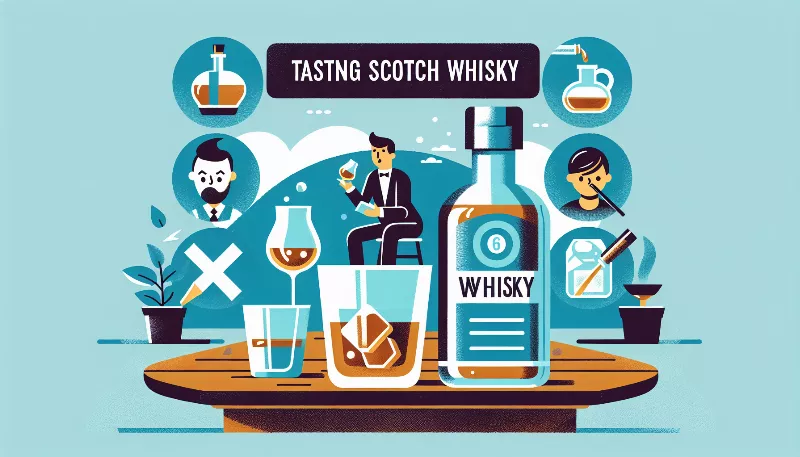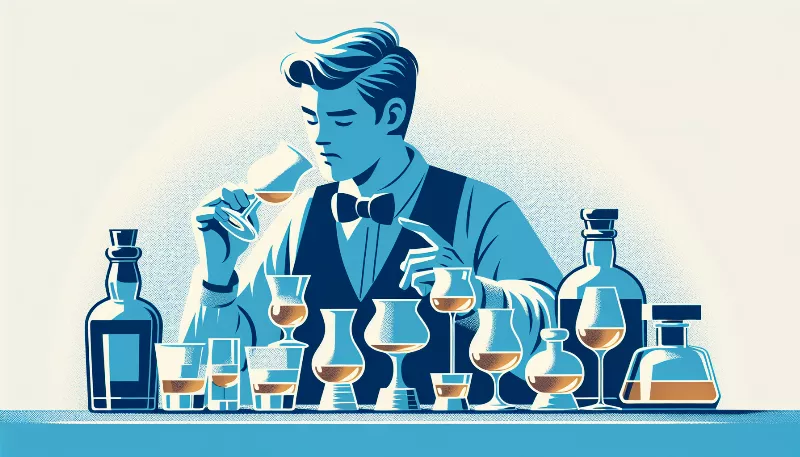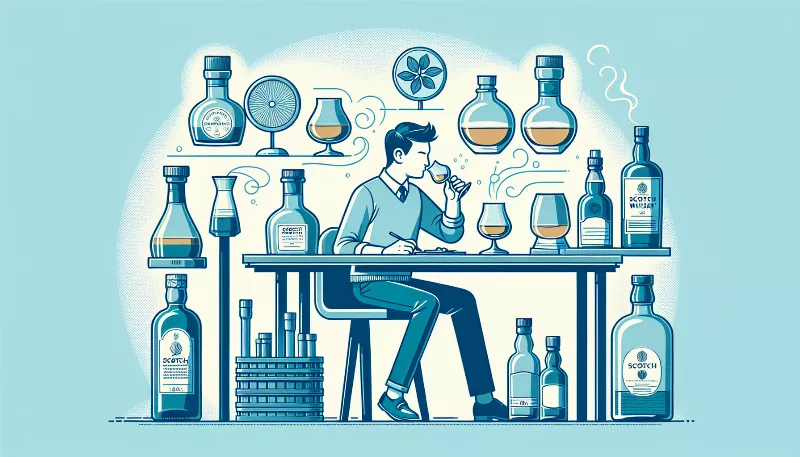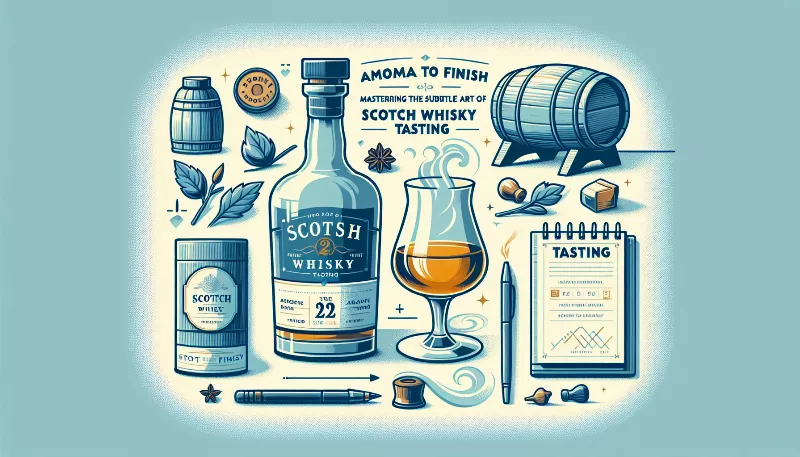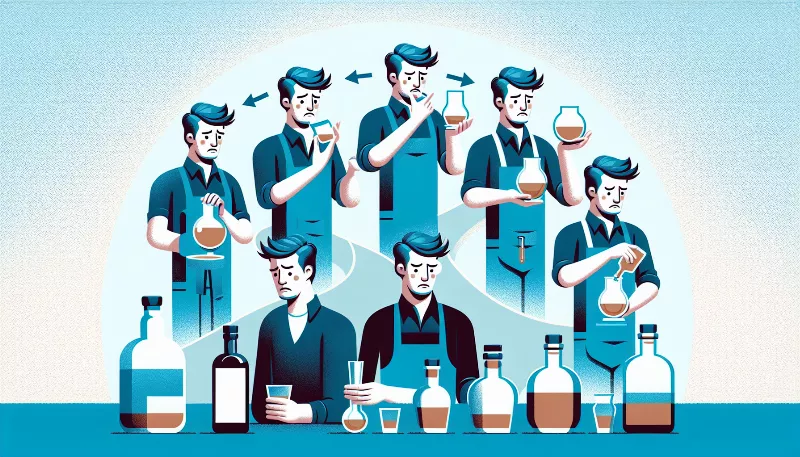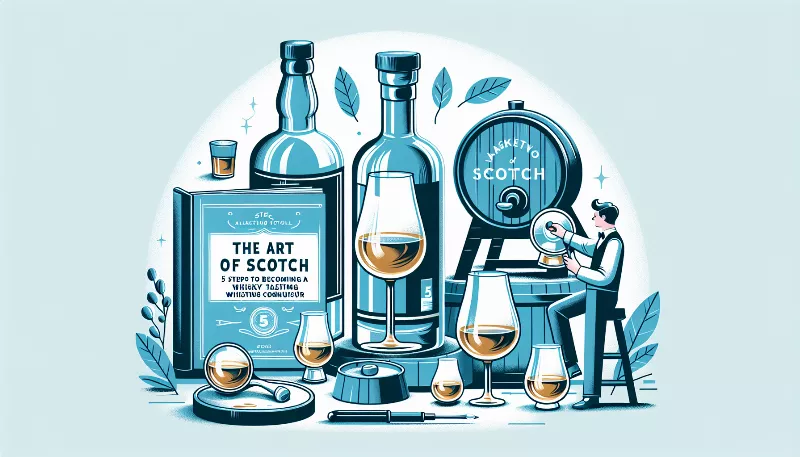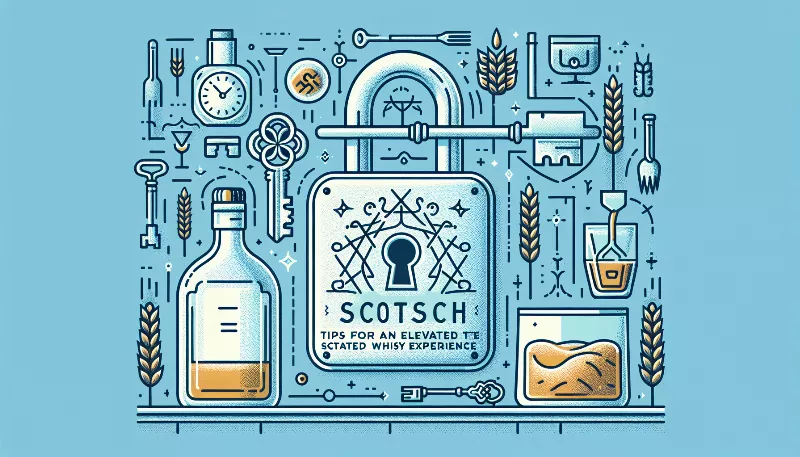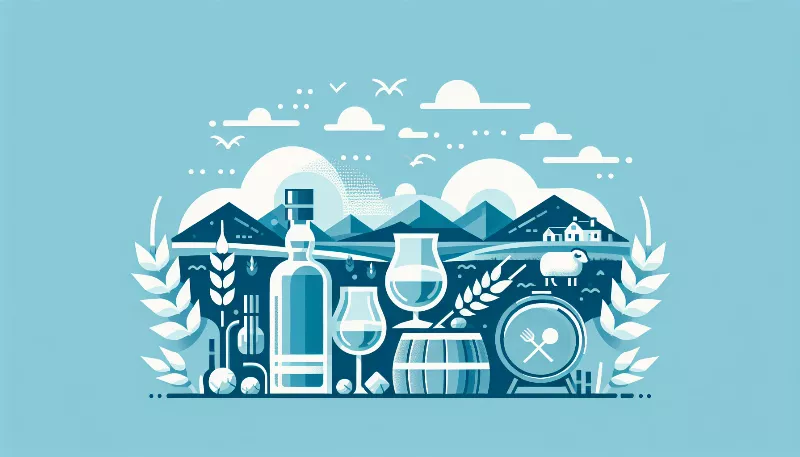The Secrets Behind Scotland's Liquid Gold: A Whisky Production Journey
Uncover the art of Scotch whisky making from grain to glass. Join us on a captivating journey through Scotland's time-honored distillation tradition.
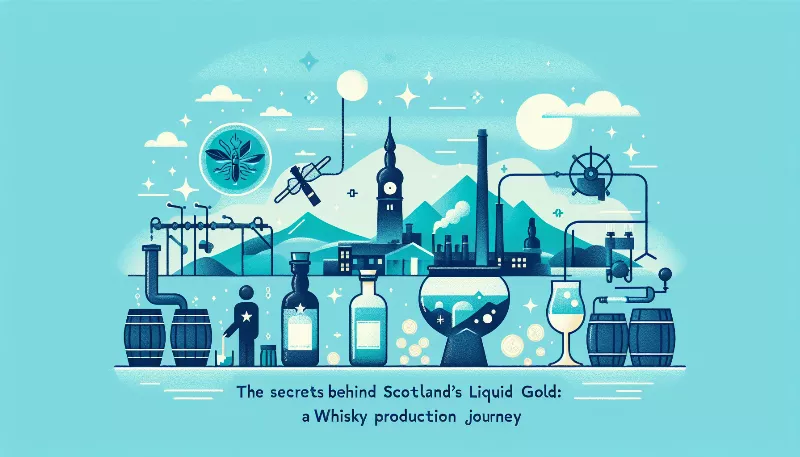
The Enchanting Alchemy of Scotch Whisky
Scotland, a land of rugged highlands and misty lochs, has long been celebrated for its most famous export—whisky. This 'liquid gold' is not just a beverage; it's a journey through history, tradition, and meticulous craftsmanship. The production of Scotch whisky is an art form honed over centuries, involving a fascinating interplay of natural elements and human skill. Let's embark on an enchanting journey to uncover the secrets behind the magic of Scotland's whisky production.
The Birthplace of Whisky
Whisky's origins are shrouded in the mists of time, with tales of monks and ancient alchemists distilling spirits as far back as the 15th century. Scotland's natural larder provides the perfect ingredients for whisky production: pure water from crystal-clear streams, abundant barley, and the unique climate that influences the aging process. Each distillery in Scotland has its own story, its own methods, and its own secret touches that contribute to the distinctive character of its whisky.
The Art of Malting
The journey begins with malting, where barley grains are soaked in water and allowed to germinate. This crucial step converts the starches in the barley into fermentable sugars. The sprouted barley, now called 'malt', is then dried in kilns, often over peat fires, which imbue it with a smoky flavor—a signature of many Scotch whiskies. The malt is then ground into a coarse powder known as 'grist', setting the stage for the magic of fermentation.
Fermentation: The Creation of 'Wash'
Grist is mixed with warm water in large vessels called mash tuns. This process, known as mashing, extracts the sugars from the grist, creating a sweet liquid called 'wort'. The wort is transferred to washbacks, where yeast is added, and the fermentation begins. Over the next few days, the yeast feasts on the sugars, producing alcohol and a beer-like liquid called 'wash', with an alcohol content of about 7-8% ABV.
Distillation: The Heart of Whisky
Distillation is where the true transformation occurs. The wash is heated in copper pot stills, and as it boils, the alcohol vapors rise and condense into a liquid with a much higher alcohol concentration. This process is repeated, and the distiller makes critical decisions to separate the 'heads' and 'tails' (unwanted elements) from the 'heart' (the good stuff). The heart is what will eventually mature into whisky, and its collection is a skill that defines the distiller's craft.
Aging: The Maturation of Character
Now begins the slow dance of aging. The clear spirit, known as 'new make', is filled into oak casks where it will slumber and mature. These casks have previously held sherry, bourbon, or other spirits, and they impart complex flavors and colors to the developing whisky. The interaction between the wood and the whisky, along with the Scottish climate, plays a vital role in the maturation process. It's a test of patience, as Scotch whisky must age for a minimum of three years—but many are left to mature much longer, deepening their character and flavor.
Bottling: The Final Chapter
After maturation, the whisky is ready for bottling. Some whiskies are bottled as single malts, representing the pure expression of a single distillery, while others are blended with spirits from various distilleries to create a harmonious balance of flavors. Before bottling, the whisky may be diluted with water to reach the desired strength, and sometimes caramel coloring is added. Finally, it is sealed in bottles, ready to be savored by enthusiasts around the world.
The production of Scotch whisky is a testament to the harmony between nature and craftsmanship. From the selection of the finest grains to the careful aging in seasoned casks, every step in the process contributes to the creation of a drink that is much more than the sum of its parts. As we raise a glass of Scotland's liquid gold, we're not just tasting a beverage—we're experiencing a piece of Scottish heritage and the culmination of a remarkable journey.

